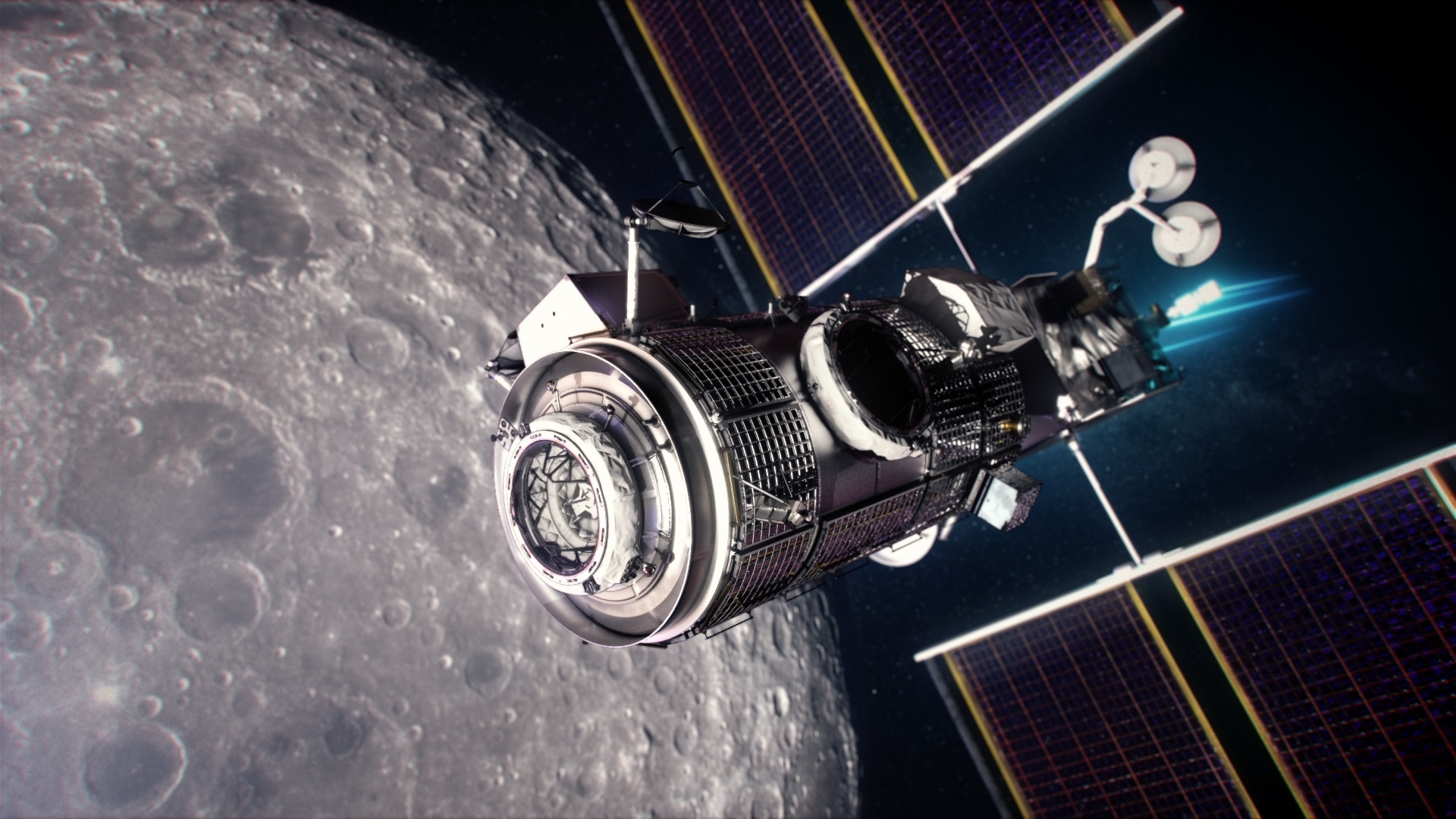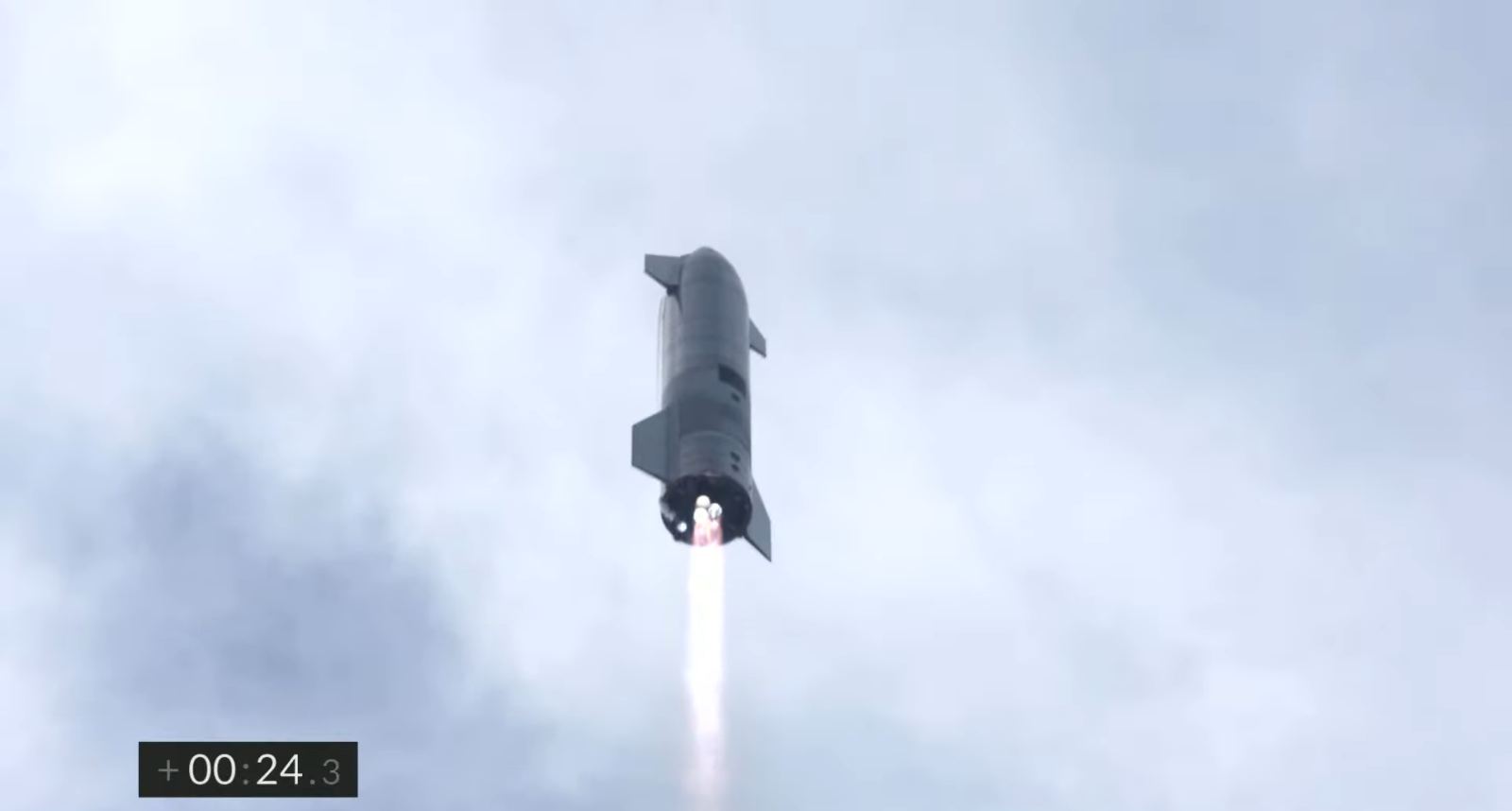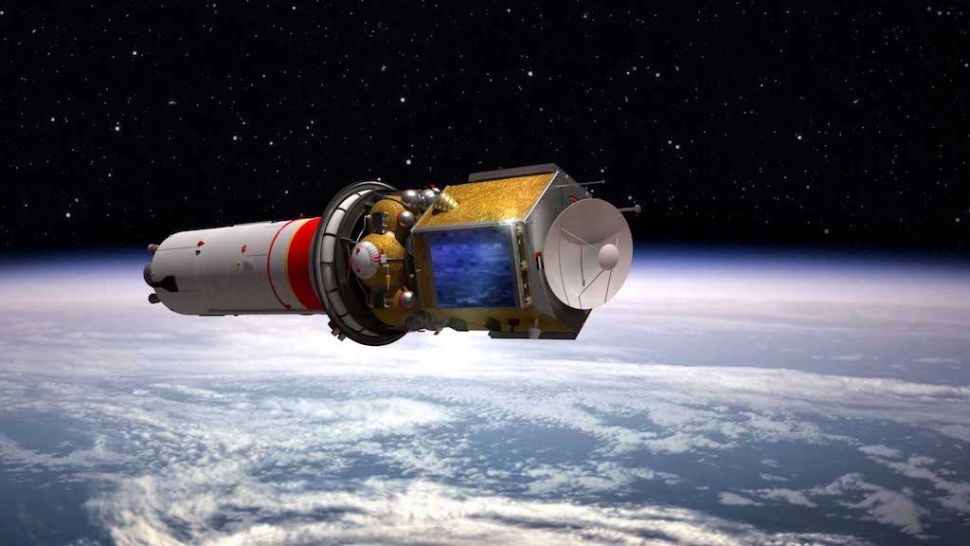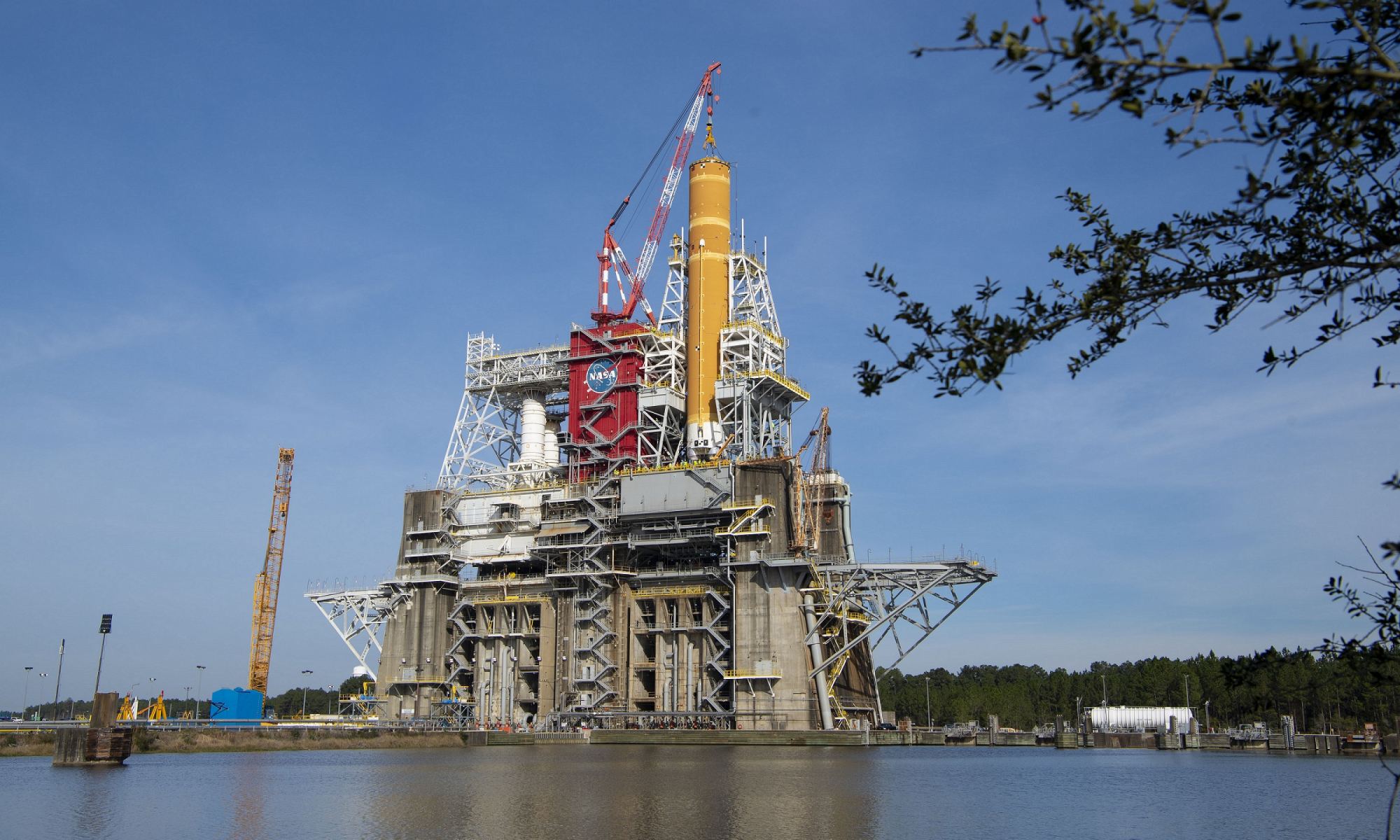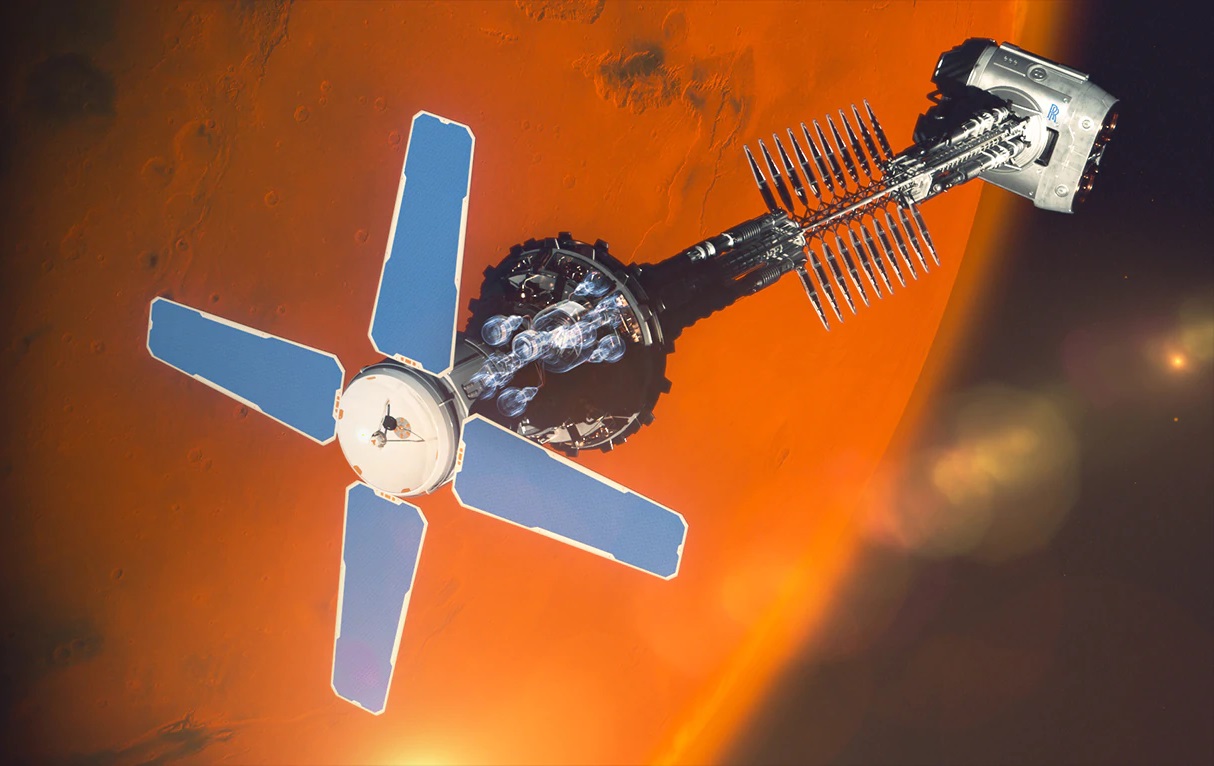When NASA sends astronauts back to the Moon as part of the Artemis Program, they will be taking the long view. Rather than being another “footprints and flags” program, the goal is to create a lasting infrastructure that will ensure a “sustained program of lunar exploration.” A major element in this plan is the Lunar Gateway, an orbital habitat that astronauts will use to venture to and from the surface.
The first step in establishing the Gateway is the deployment of two critical modules – the Habitation and Logistics Outpost (HALO) and the Power and Propulsion Element (PPE). According to a recent update, NASA (along with Maxar Technologies and Busek Co.) recently completed a hot-fire test of the PPE propulsion subsystem – the first of many that will ensure that the PPE and HALO will be ready for launch by 2024.
Continue reading “Lunar Gateway Will Maintain its Orbit With a 6 kW ion Engine”
